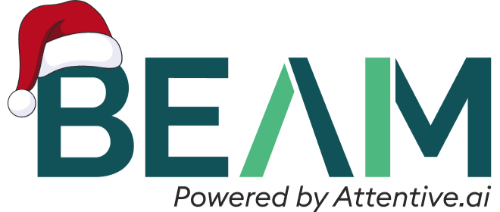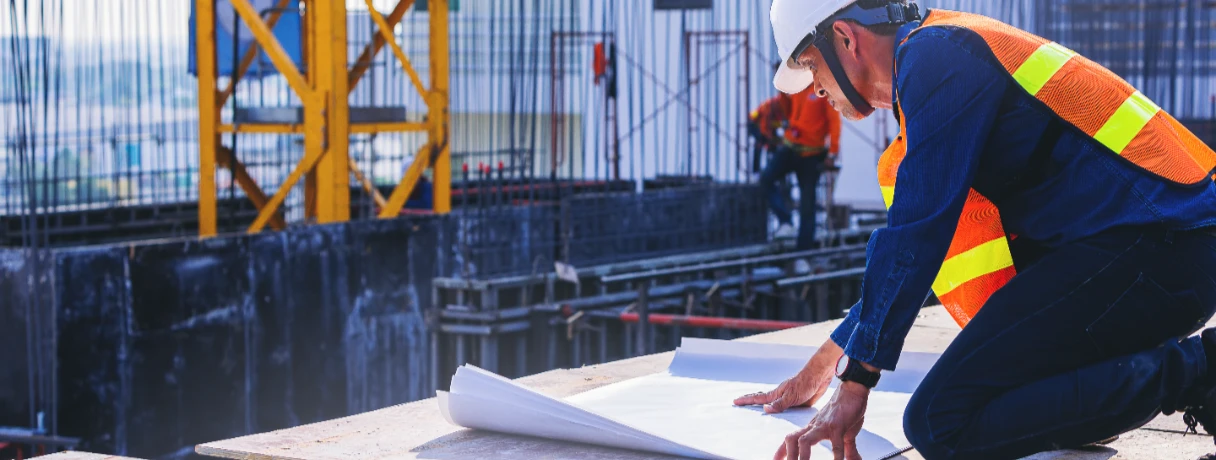For most contractors, the difference between profit and loss often comes down to one thing: the quality of their estimates.
But here’s the reality—construction estimates rarely match actual costs exactly. Unforeseen site conditions, fluctuating material prices, and last-minute scope changes can throw even the best budgets off track.
That’s why improving cost estimation is critical. Better estimating means higher cost accuracy, stronger client trust, and more profitable projects. After working with hundreds of estimators, here are 9 estimating best practices that can help you fine-tune your process and deliver winning results.
9 Best Tips for Improving Construction Cost Estimates
To improve construction cost estimates, carefully review project documents, break down work and costs in detail, and use specialized estimating software. Rely on historical data, market trends, and predictive analytics, integrate real-time information, collaborate closely with stakeholders, assess risks, manage materials and vendors, and adjust estimates as the project progresses.
Let’s talk about this in detail:
1. Detailed Document Review
Gone are the days of calculating quantities with highlighters and rulers spread across the table. Manual takeoffs are outdated, error-prone, and can't keep up with the demands of modern projects. Even on-screen takeoff tools slow the estimating process with repetitive clicks and drag.
If you’re spending 50% of your bidding cycle on takeoffs alone, how can you focus on strategic activities like value engineering and pricing? That's where modern tools like Beam AI come in!
Beam AI's automated takeoff software gives you ready-to-use quantities to create your estimates 2x faster. All you need to do is - upload plans, define the scope of work, and let the software handle the rest.
2. Embrace modern tools
Manual takeoffs are slow and prone to mistakes. Even traditional on-screen methods waste time with repetitive clicks. By switching to automated tools, estimators save hours and focus on strategy rather than counting lines.
If you’re spending 50% of your bidding cycle on takeoffs alone, how can you focus on strategic activities, such as value engineering and pricing? That's where tools like Beam AI come in!
Beam AI's automated takeoff software gives you ready-to-use quantities to create your estimates.
3. Conduct Scenario Analysis
Test different price changes, delays, and other variables using advanced software to understand their impact on the budget before problems arise.
4. Break estimates into detailed assemblies
Don’t rely on flat rates like “$10 per sq. ft.” Every assembly (a wall, a floor, an electrical system) has multiple parts that affect costs. Breaking it down into framing, insulation, finishes, etc. improves cost accuracy and strengthens negotiations with clients.
To create reliable estimates, break your project into detailed assemblies. For example, estimating the cost of a wall shouldn't stop at its square footage– it should include:
- Framing
- Insulation
- Paint
This itemized approach gives you a clear picture of your costs and identifies areas where adjustments can be made without compromising quality. It also provides a decisive advantage during negotiations by enabling you to justify costs or make informed concessions without risking profit margins.
5. Leverage historical project data
Compare past estimates with actual project costs to learn from mistakes. A central database of completed jobs helps spot patterns (e.g., consistent underestimation of labor hours) and refine future bids.
Let's say your team underestimated labor hours for a recent office buildout. You can adjust future bids to account for the gap by comparing your initial estimate to the final costs. Similarly, if material costs are lower than expected, you'll know where to trim the fat next time.
6. Account for overhead costs and add contingencies
Overhead and indirect costs, such as permits, insurance, and office utilities, may seem minor—but left unchecked, they can quietly erode your profit margins.
Always include indirect costs in your estimates, and don't forget to factor in contingencies. A contingency buffer of 5-10% can cover unexpected costs like bad weather delays or sudden spikes in material prices.
7. Take control of subcontractor management
Never rely blindly on subcontractor quotes. Perform your own takeoffs for their scope so you have a baseline for comparison. This ensures reliable numbers, even if sub-bids are late or incomplete.
Plus, when you've already secured the project, subs are more likely to prioritize your work - because they know the job is based on real data, not speculation.
8. Keep up with market trends
If you've been in construction long enough, you know the market doesn't stand still. Material prices fluctuate, labor rates change, and supply chain disruptions can hit out of nowhere.
Stay ahead of these changes by:
- Monitoring local cost indexes and benchmarks
- Building relationships with suppliers who can alert you about price hikes
- Accounting for inflation in long-term projects
The more you stay informed, the better equipped you are to adjust estimates and build budgets that stand the test of time.
9. Track costs in real time
Estimating doesn't stop once the bid is won. Tracking actual costs against your estimates in real time ensures you stay on budget and catch discrepancies early.
Leverage software that compares estimated vs. actual costs throughout the project lifecycle. For instance, if labor costs are creeping up or material usage is higher than planned, you'll know before it's too late. The goal is not just to save money but also to build trust with clients by delivering on your promises.
The Bottom Line
Your estimates speak volumes about your expertise, efficiency, and professionalism. They set the tone for your client relationships, project success, and your company's reputation in the market.
Adopting tools like Beam AI and honing your estimating practices gives you the speed, accuracy, and flexibility to win bids while safeguarding profitability.
Start by addressing your biggest bottlenecks - manual takeoffs, unclear overhead costs, or outdated pricing strategies. Small optimizations can lead to big results. Fine-tune your process, embrace smarter tools, and deliver value that sets you apart.
Ready to improve your construction estimates? Book a demo with Beam AI to save 90% time on takeoff and send out 30% more estimates.

.png)








.jpg)


.webp)

